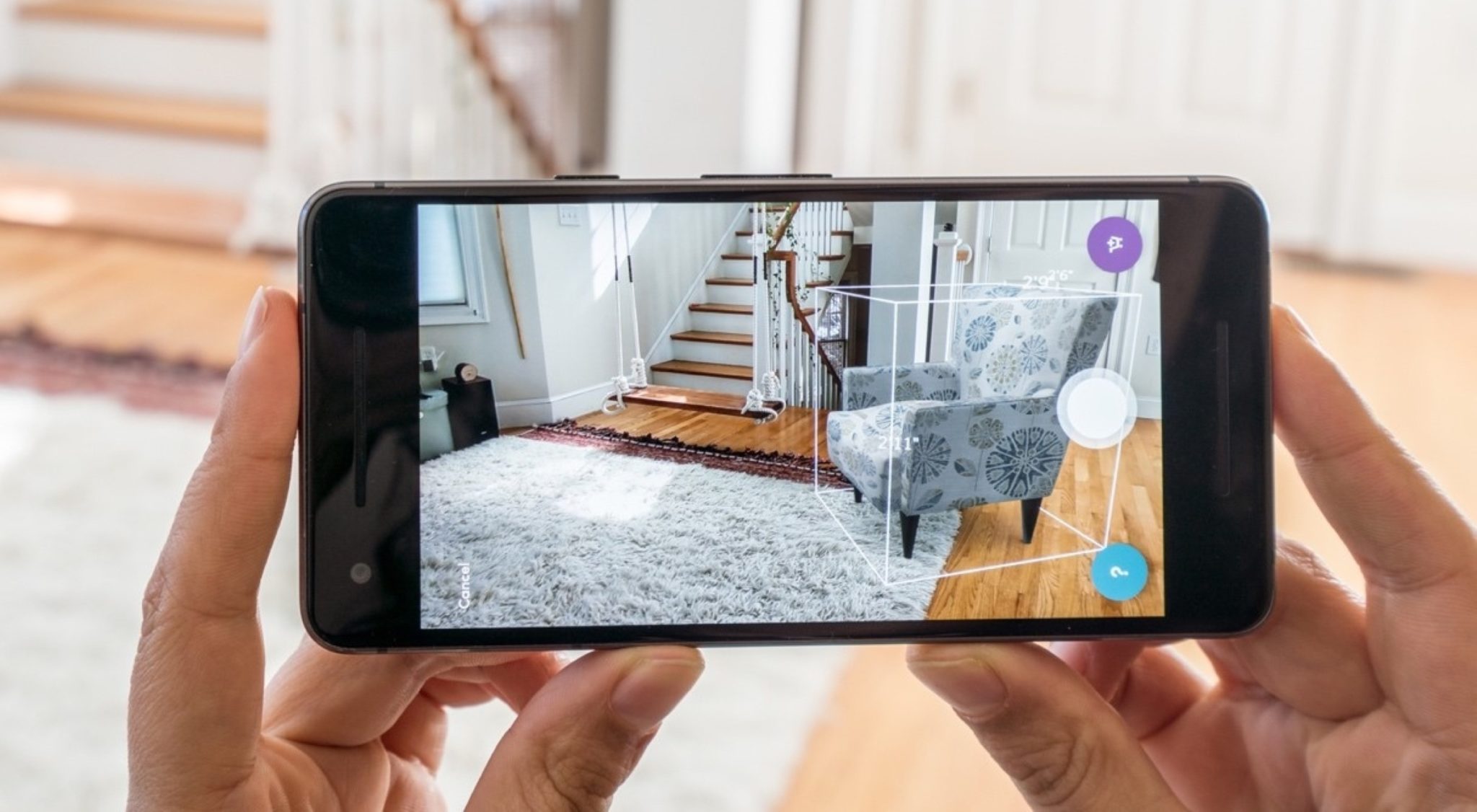3D and AR technology are disrupting every industry by helping brands provide immersive customer experiences3D and AR technology are disrupting every industry by helping brands provide immersive customer experiences
Key takeaways:
- AR technology-powered shopping experiences are growing in popularity
- AR technology can facilitate marketing and brand recognition
- AR technology can be used to design apparel, a new and emerging trend

What is AR technology?
AR technology creates digital projections of objects and overlays them onto physical environments.
Augmented Reality (AR) technology projects virtual objects into physical space, offering users immersive experiences by integrating sensory information like sound, visual effects, and more.
AR technology has been around since the 1960s and has been used for education, marketing, improving customer experiences, and more. A recent study on the future of shopping found that nearly one-third of US consumers will have used AR for shopping by 2025, with adoption even higher amongst Gen Z. Already, 1.07 billion people are active AR users, a figure expected to grow 61% in the next two years. Meanwhile, 71% of shoppers said they would shop more at a retailer if AR technology were available.
If your brand is in the retail or e-commerce space, now is the time to start considering integrating AR technology into your customer journeys. But before you do, you must understand how AR technology works. In this post, we tell you all about it and bring you up to speed with the latest trends in AR tech.
More than 1 billion people worldwide already use AR in one way or another.
How does it work?
AR technology uses cameras, motion sensors, computer vision, and a digital device to create 3D projections within real word surroundings.
Every AR-powered technology needs a depth-sensing camera. This tool records visual information to detect planes or flat surfaces in the surroundings. Here, your 3D projection will get aligned.
Next, AR technology requires tools like accelerometers or motion sensors. These sensors work with the depth-sensing camera to define where the virtual object will get superimposed. Both depth-sensing cameras and motion sensors are present in most modern smartphones.
Once the projection surfaces are detected, AR technology uses 3D software to produce a virtual projection of an object. Such projections are stored in cloud servers that retrieve the data and project the image as soon as the user uses the AR tool.
Trends in AR and use case: apparel industry
In 2022, virtual trial rooms, AR technology-based demo videos, and customized AR design have boomed in popularity.
In 2019, automobile manufacturer Toyota partnered with Saatchi & Saatchi to simulate an in-store car buying experience for their customers. Prospective car buyers did not need to download an additional app to experience the immersiveness, all they needed to do was click on the link on Toyota’s social media page to experience the virtual demo.
By modeling the virtual cars' interiors and exteriors, Toyota created an immersive experience akin to inspecting the car in person. They could place the car in any environment through AR technology and explore every feature before making a purchase decision.
With AR, customer's can get a better look of a product's appearance and size, which helps to reduce product returns. Click in "See in your space" to see this shirt in your home
Virtual trial rooms have been a phenomenon since 2017, but they have become increasingly popular since the pandemic. This is because virtual try-ons help customers trial products without touching them, whether inside a store or in the comfort of their homes. Customers can also try out various products quickly and get personalized recommendations, offers, and more.
Amazon, for instance, is currently testing virtual try-ons. In 2021, the retail giant introduced virtual try-ons for their sneaker collection in their in-house shopping app. They have also invested in AR technology to help create a blended reality experience for their customers, allowing them to try on virtual clothes in virtual settings and make confident buying decisions.
Unlike virtual trial rooms, virtual demo videos provide prospective buyers with all the product information they need before buying a product. These double as a product marketing and brand awareness tactic, given they are immersive and hold a customer’s attention longer than traditional marketing.

Another interesting application of AR technology is real-time personalized apparel design. Customers can simply log in to their favorite apparel store, use voice-based AI to generate apparel designs, use AR to visualize how the finished product will look on the body, and buy the finished product if they are satisfied with the result.
Although the AR technology for this application hasn’t advanced yet, many apparel manufacturers use AR to test designs before printing. This cuts down the water and electricity costs associated with printing dramatically.
Only 1% of retailers are actively using AR technology
The above trends in AR technology represent just the beginning. Companies worldwide are experimenting with AR routinely to streamline various processes and make customer journeys more convenient. That said, only 1% of retailers are actively using AR technology. Moreover, 52% of those surveyed said that they weren’t ready to integrate AR in retail. If you find yourself in the same boat, we at Enhance can help.
We can help you build customer-centric AR experiences by providing you with the right tools and guidance from our experienced team of industry experts, content creators, and developers. Visit our site to trial our fully immersive customer AR experience today.






